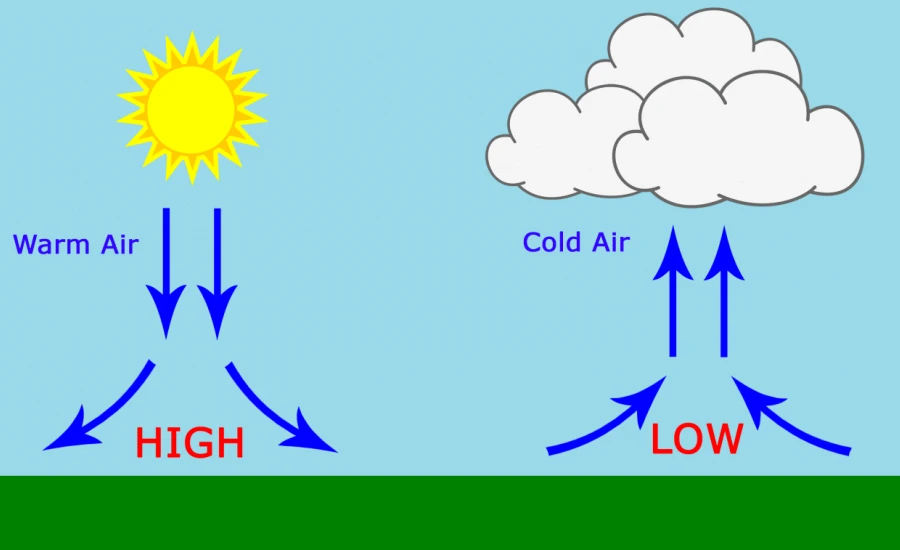Ambient Pressure Definition and Its Significance in Various Fields

# Ambient Pressure Definition and Its Significance in Various Fields
## What is Ambient Pressure?
Ambient pressure refers to the pressure of the surrounding environment at any given location. It’s the atmospheric pressure exerted by the weight of the air above a specific point on Earth’s surface or in any other environment. At sea level, standard ambient pressure is approximately 101.325 kilopascals (kPa), 1 atmosphere (atm), or 14.696 pounds per square inch (psi).
## Understanding Ambient Pressure Measurements
The measurement of ambient pressure is crucial in various scientific and industrial applications:
– Barometric pressure: The atmospheric pressure at a particular location
– Absolute pressure: Measured relative to a perfect vacuum
– Gauge pressure: Measured relative to ambient pressure
## Factors Affecting Ambient Pressure
Several factors influence ambient pressure values:
– Altitude: Pressure decreases with increasing elevation
– Weather conditions: High and low pressure systems affect local ambient pressure
– Temperature: Warmer air is less dense, affecting pressure measurements
– Humidity: Water vapor content can slightly influence pressure readings
## Applications of Ambient Pressure in Different Fields
### 1. Meteorology and Weather Forecasting
Meteorologists rely heavily on ambient pressure measurements to:
– Predict weather patterns and storm systems
– Identify high and low pressure systems
– Monitor atmospheric changes over time
### 2. Aviation Industry
In aviation, ambient pressure plays critical roles in:
– Altitude measurements (altimeters use ambient pressure)
– Aircraft pressurization systems
– Flight performance calculations
### 3. Industrial Processes
Many industrial applications depend on precise ambient pressure knowledge:
– Chemical processing and reactions
– Vacuum system operations
– Quality control in manufacturing
### 4. Medical Applications
Healthcare utilizes ambient pressure concepts in:
– Hyperbaric oxygen therapy
– Altitude sickness treatment
– Respiratory therapy equipment
### 5. Scientific Research
Researchers use ambient pressure data for:
– Climate change studies
– Oceanographic research
– Space exploration simulations
## Measuring Ambient Pressure
Various instruments measure ambient pressure with different levels of precision:
– Barometers: Traditional mercury or aneroid types
– Digital pressure sensors: For high-precision applications
– Weather stations: Often include pressure measurement capabilities
## The Importance of Standard Reference Conditions
Many scientific measurements and industrial specifications use standard reference conditions based on ambient pressure:
– Standard Temperature and Pressure (STP): 0°C and 1 atm
– Normal Temperature and Pressure (NTP): 20°C and 1 atm
– International Standard Atmosphere (ISA): 15°C and 101.325 kPa at sea level
Understanding ambient pressure and its variations is fundamental to numerous scientific disciplines and practical applications. From predicting weather to ensuring aircraft safety, the measurement and interpretation of ambient pressure data continues to play a vital role in our technologically advanced world.
Keyword: ambient pressure definition
